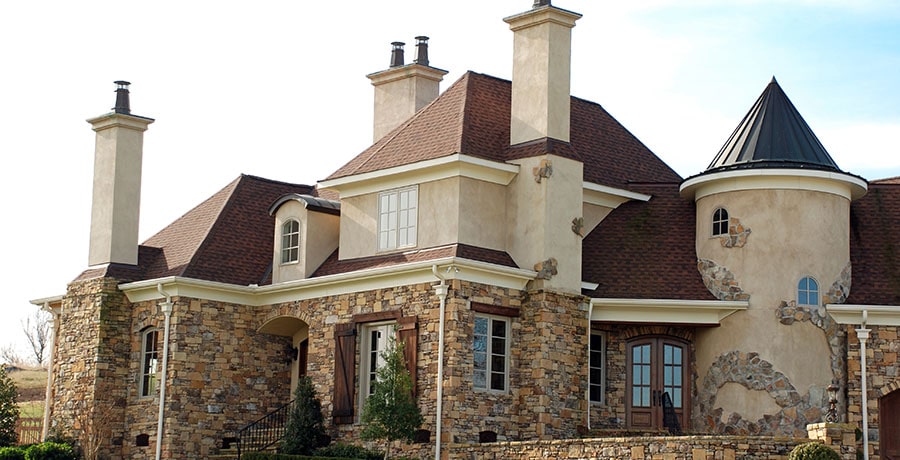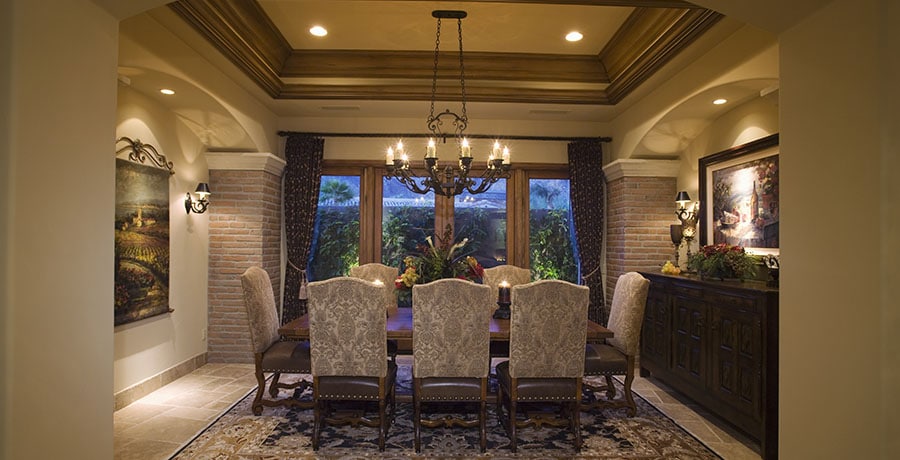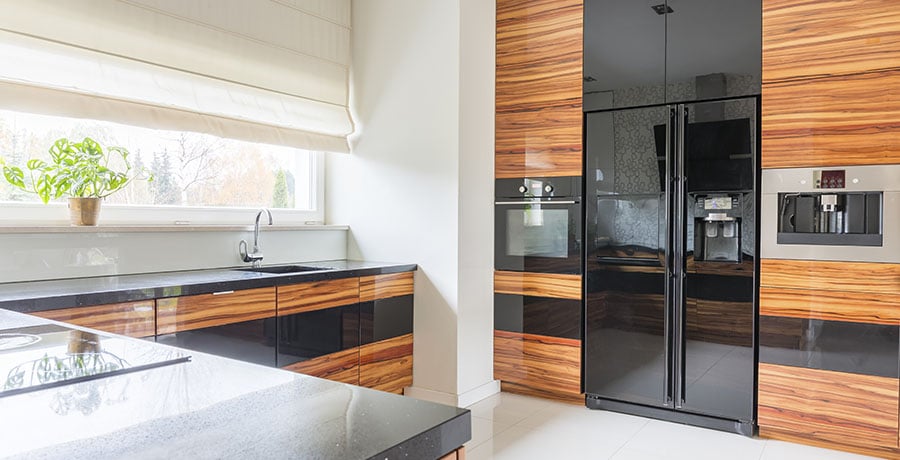When it comes to building commercial and residential buildings, concrete is a vital construction material. It is known for its strength, reliability, and durability. But, dealing with concrete is not that easy. You should have sufficient knowledge, skills, and tools to make the best use of concrete as it does not come cheap either. One of the most common problems in concrete is efflorescence. It is the formation of white crystal salts due to water content in or on cement surfaces after the water evaporates. These salts will ruin the appeal of the surfaces and can cause durability issues. Therefore, you should prevent it at all costs by ordering the right concrete mix delivery and using the right application and drying techniques. Let’s take a look at what causes it and how to prevent it.
What Causes Efflorescence In Concrete?
Efflorescence can occur due to a variety of reasons depending on the country, moisture, and temperature. The common reasons efflorescence tends to occur in or on concrete surfaces include water-soluble salts, moisture, and the movement of salts as the moisture evaporates.
In simple words, you can say that efflorescence is mainly the result of moisture content around the house. If you live in a region that experiences extreme weather conditions like rain or humidity, you can expect a lot more efflorescence as compared to other regions that experience less.
Plus, interior activities can also trigger moisture generation, which leads to efflorescence. Furthermore, efflorescence can also occur at different times. For instance, it might occur at the beginning of a building’s construction or somewhere in between. It can also be that it takes place years after the building was built.
In most cases, efflorescence occurs in the first 72 hours of the building material being used but if it takes place after some time, it could be due to leaks, extreme weather conditions, or other external factors. Secondly, the outside moisture also pulls the salts out of the building material.
During construction, efflorescence can take place due to the builders leaving the masonry out in the open which will absorb moisture from rain and damp soil. This is why it is important for the masonry units to be properly covered to prevent the risk of efflorescence taking place.
Another reason efflorescence can take place is due to building materials installed incorrectly. For example, building materials are left out in the open and not covered properly. Not providing proper ventilation for masonry and the failure of joint materials after installation etc.
Efflorescence is basically a seasonal problem as weather conditions tend to trigger it. If there is an efflorescence problem in your building, you can expect it to pop up during the rainy or humid season. You should not ignore it even if its in outdoor structures like patios and retaining walls.
How To Spot Efflorescence In Concrete?
In many cases, homeowners tend to think of stains as efflorescence. There is a huge difference between the two as stains come in various colors and efflorescence is a white, powdery substance that can be found on different surfaces like cement, lime bricks, etc.
Regardless of the building material used for the construction of a building, if it comes in contact with the ground, it will be susceptible to efflorescence. That said, it is important to analyze the weather conditions in your area and select building materials accordingly.
Building materials such as sodium carbonate, calcium carbonate, sodium sulfate, etc. are all associated with efflorescence. The treatment of efflorescence can be expensive and labor-intensive. This is why you need to consult an expert and choose a building material that prevents it from occurring.
How To Prevent Efflorescence?
The best way to prevent efflorescence from taking place is to protect the building materials properly and at all costs. You might think leaving out the materials in the open overnight won’t hurt much but you will only run into problems.
But, if due to certain reasons, you are not able to cover the materials, there are several ways to protect them from efflorescence. The first method requires using a hydrophobic sealant that prevents absorption of water. You can also install a polyethylene sheet between the soil and building materials to prevent direct contact with moisture.
Additionally, you should also specify the right mix design before ordering ready mix concrete delivery Gaithersburg, use quality masonry materials, dense tooled mortar joints, and grout admixtures. But you should know that even after all these tips & tricks, there is still a chance of efflorescence taking place, which is why you should know how to troubleshoot the issue if it takes place.
How To Troubleshoot Efflorescence In Concrete?
When efflorescence takes place, it is important that you are familiar with the steps to deal with it before calling an expert. The first step is determining the cause, which will help you decide how to fix it instead of wasting your time and effort experimenting.
The first thing you will need to do is assess the affected structure. Try to find out when the efflorescence took place. If the building happens to be less than a year old, it is most probably the building material itself of water that has entered the structure during construction.
But, if the structure happens to be older, it could be due to extreme weather conditions or possible leaks. For this, you may have to perform an interior inspection of the building as well.
Moreover, you should also assess the location of the efflorescence. This might help you determine the source nearby. It could be that maintenance was performed and moisture found its way inside the building. At the same time, check the quality of the building material and workmanship.
Depending on the situation, you may or may not be able to find the source of the problem. In such a case, you will need an expert’s help, who will collect laboratory reports and consider all the water sources as well.
Keep in mind that it might take a bit of time and effort to find out the root cause and fix it. This means you will need to be patient and follow the expert when it comes to prevention in the future.
How To Remove Efflorescence?
If you are lucky enough, you might be able to remove efflorescence just by trying some home remedies. In some cases, it may go away due to normal weathering as well. To begin with, you can use pressurized water to dissolve efflorescence quickly. If you use water, make sure to dry off the surface as efflorescence will recur quickly due to moisture.
In addition to that, you can also use diluted vinegar and a brush to remove efflorescence quickly especially if you have guests coming over. You can also use efflorescence cleaners and apply coatings or sealants to prevent moisture from directly contacting the building material.
Conclusion
Dealing with efflorescence is not that difficult if you know what to do and how to identify it. The key is to consider the weather conditions in your area and select the building materials accordingly. Find ready mix concrete suppliers Rockville who deliver high quality concrete with the right mix design and volume you need. This will help reduce the probability of efflorescence taking place. Finally, you should always consult an expert when choosing the building materials and removing efflorescence, especially on an expensive surface.



